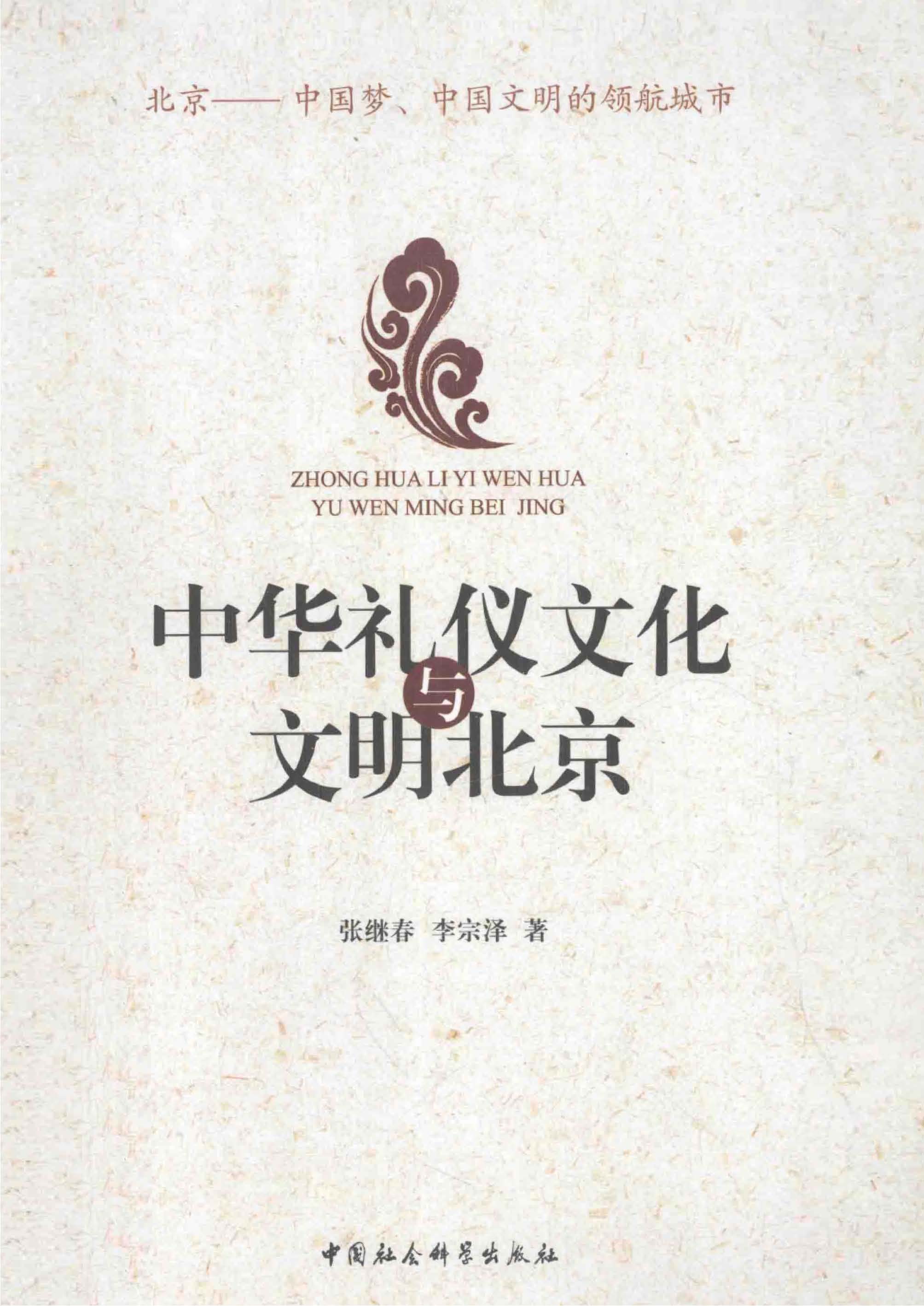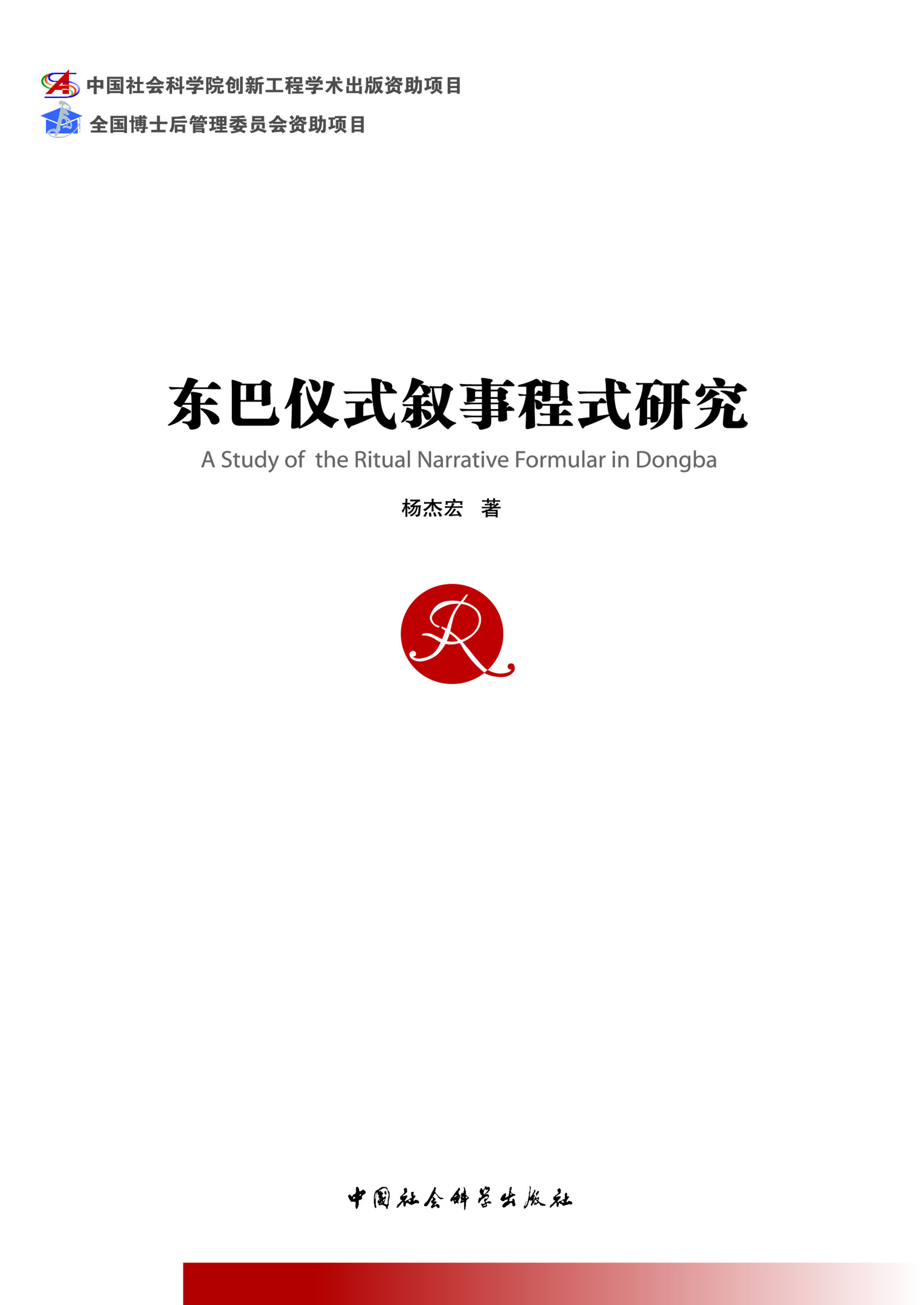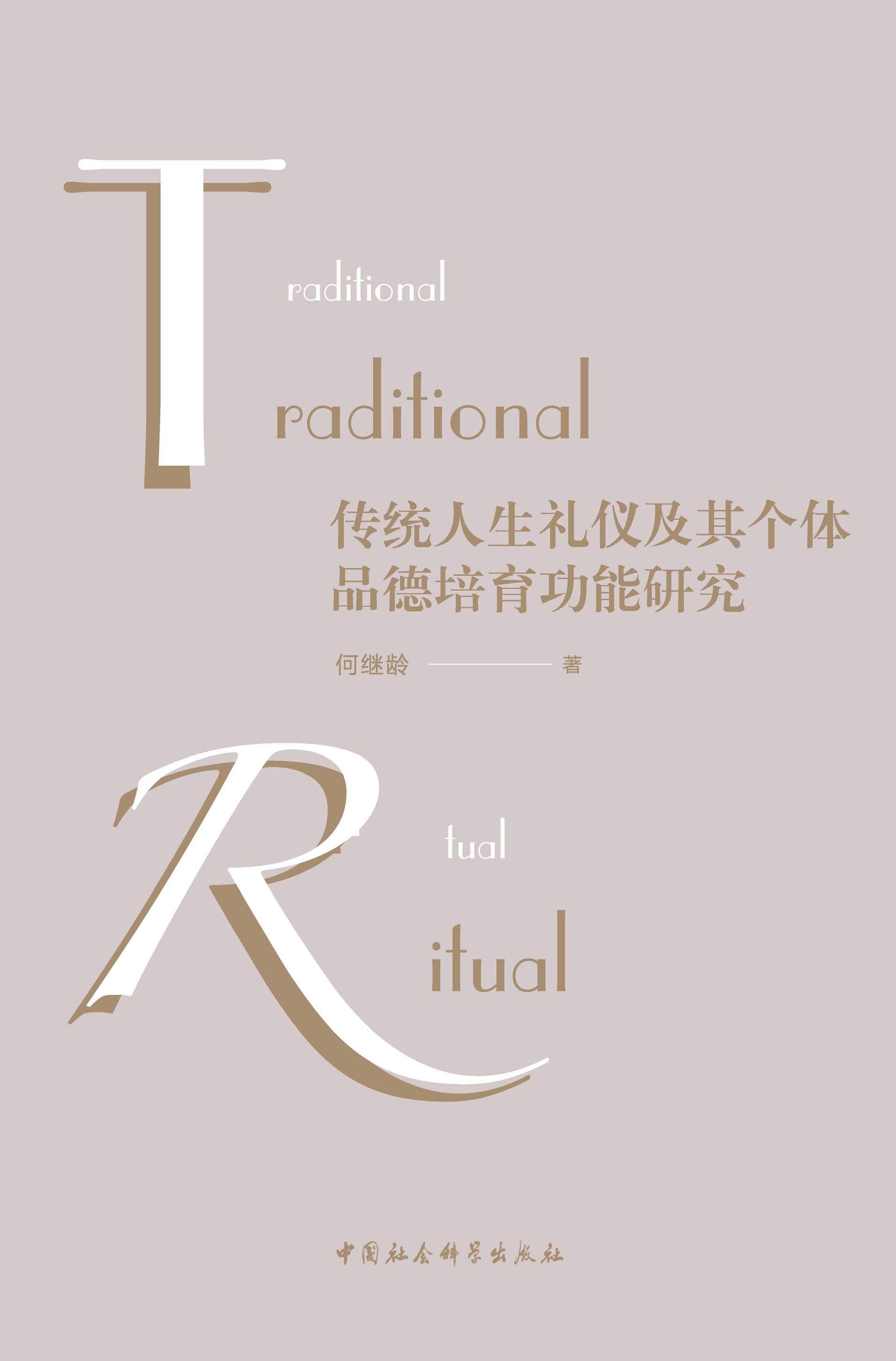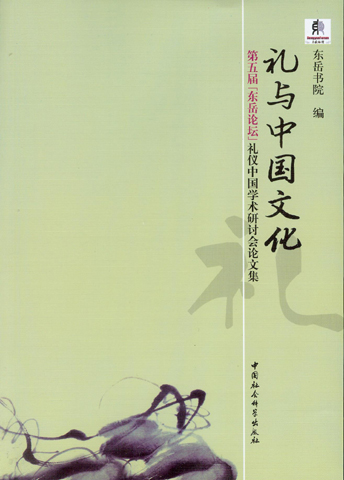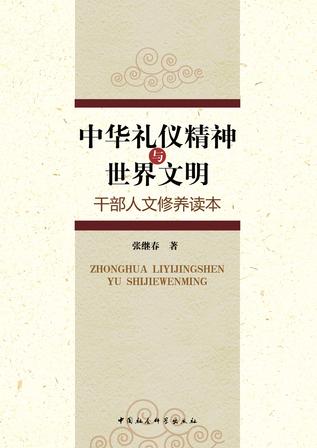内容简介
作者简介
目录
Feitao of Maonan nationality,popular among the south-west hilly villages of Huanjiang Maonan autonomous county in Guangxi Region,is a comprehensive religious ceremony,containing abundant artistic elements.It combines various traditional art forms of Maonan nationality,conveys the expectation of Maonan people of harmony between gods and human,and tries in various ways to achieve that.It is a grand ceremony in the traditional social life of Guangxi Maonan people,and is regarded by them as the most significant rite of their life.In the hilly villages of Maonan nationality in Guangxi,before the 50sof 20th century,almost every generation in every Maonan family holds it once in their lives,and most of them are till attached to it nowadays.To a certain extent,it has been the concern of a lifetime of Maonan people.It is related to but different from the Nuo plea of Guangxi Baiyue nationalities.With a unique formation and development course,it reveals various scenes of traditional life of Maonan people.It is an important key to unlock the traditional cultural psychology of Maonan people,and a valuable perspective to study traditional Maonan art.The religious rite of Feitao of Maonan nationality objectively embodies the simple folk artistic technique of the perfect unity of gather and separation,presents the expectation of and seeks in various ways the harmony of gods and human,and further purchases the harmony among their ethnic group,society and nature.It gradually obtains the form of art,involving and presenting various artistic elements,seemed like the rudiments of Maonan dramas.However,it is not drama.Maonan Feitao includes verse recitation,story telling combined with singing,singing and dancing performances,and worship of gods.The performers of Feitao—Maonan wizards are a special group of people who are both wizards and farmers,and claim to be able to link up the divinity world and the human world and realize people’s prayers under certain conditions.They present information of history,geography,astronomy,human relations,myth etc as well as criteria of public order and good customs that people know about traditional Maonan social life through religious ceremonies of worshiping gods,praying to gods and thanking gods on the special site of family hall,and thus enrich the particular encyclopedia of Maonan hilly villages.The thesis,applying the theory and method of eco-criticism,presents an overall,deep and systematic research on the comprehensive rite of Maonan Feitao from the aspects of its main elements as well as its formation and development environment(natural environment and humanistic environment);probes,under the background of the overall eco-system of Maonan hilly villages,into its formation and development schema,that is the dramatic changes of the cultural genes of the ancient Baiyue people in the south of the Five Ridges→the nurture of unique natural environment→integration with the art forms of other nationalities→accumulation of Maonan cultural characteristics→mutual promotion of the art forms of various ethnic groups;reveals the development characteristics of Feitao,that is it develops with the gradual highlight of aesthetic functions,the more and more opening up of notions of development,the gradual stabilization of relevant texts,the normalization of presentation,the better-and-better-developed images of gods,the little by little blurred boundary between human and gods,the greatly expanded pattern of the rite and its overall form being more entertaining;probes into the mutual influence and assimilation of Maonan Feitao,other art forms of Maonan nationality,and the art forms of nearby nationalities,and into the spirit,ideal and laws of Maonan art that Feitao reflects;reveals the value and constructional characteristics of Maonan Feitao,and puts forward the concept and means of its protection.
全部显示∨
吕瑞荣,男,1958年出生,广西兴安县人;云南大学人文学院中文系中国少数民族艺术专业博士研究生毕业,获博士学位;现任广西民族大学文学院教授,硕士研究生导师。出版专著4部,发表论文60余篇。主要研究方向:生态审美与民族艺术学。
绪 论二 现有文献之价值与局限(一)集纳整理性研究成果
(二)描述概括性研究成果
(三)学科拓展性研究成果
(四)其他相关研究
三 研究理念与视角(一)确定肥套的艺术属性
(二)描述肥套的生成与发展图式
(三)揭示毛南族的宗教艺术心理
(四)探讨保护肥套的理念与方法
(五)新视野下的文献开掘与理论运用
第一章 肥套及其传承第一节 毛南族及其传统艺术活动一 民族分布区域及其自然生态
二 族源及其与传统艺术相关的活动
三 毛南族与周边民族的关系
第三节 肥套的七大要素一 表演文本
二 道具、乐器与场景
三 说唱、舞蹈及法事
第二章 肥套呈现的主要神灵第二节 生产与政治生活神灵一 三界公爷
二 鲁仙
三 太师六官
第三节 生殖与民族和融神灵一 灵娘
二 三娘和土地
三 瑶王
第三章 肥套的产生与发展第一节 肥套的缘起一 人生境遇与生活期盼的交融
二 蒙昧观念与理性意识的碰撞
三 民族个性与思维特点的积淀
四 宗教聚力与艺术张力的统一
第二节 肥套的产生图式一 文化基因的传承
二 自然环境的孕育
三 多族艺术的融会
四 民族特色的凝聚
第三节 肥套的发展一 发展观念灵活开放
二 相关文本渐趋稳定
三 表现形式愈加规范
四 神灵形象日益丰满
五 人神界限逐渐模糊
六 整体形态更为娱人
七 和融模式大为拓展
八 审美功能益渐增强
第四章 肥套的建构与特性第一节 肥套的建构一 世俗生活艺术化
二 宗教观念世俗化
三 自然元素凝练化
四 他族元素本土化
第二节 肥套的生态审美范式一 体现天地混沌之朦胧美
二 揭示人和于天之依生美
三 凸显天人对立之竞生美
四 突出天人相依之和融美
第三节 肥套的特性一 宗教心理执着与融通
二 和融自然的仪式精神
三 和融民族的人生考量
四 现实与期盼有机凝结
五 情感丰富且节律明快
第五章 肥套的价值与功能第一节 肥套价值的实现模式一 肥套仪式的超循环
二 神人和融的超循环
三 整体生态的超循环
第二节 肥套的价值形态一 诗意化的生态环境
二 浓缩化的风物习俗
三 仪式化的生殖崇拜
四 理性化的人际关系
五 理想化的生活品质
第三节 肥套的文化功能一 反映民族发展历史
二 突出民族文化使命
三 体现独特教化内涵
四 丰富中华艺术库容


